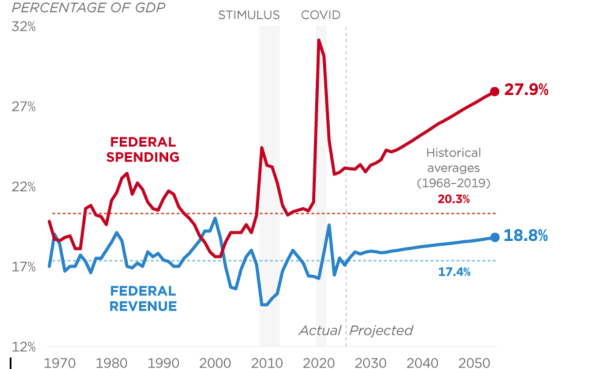Professional Learning Communities facilitate faculty growth
The Professional Learning Community, or the PLC, has been optimizing teaching methods in the Upper School for about three years.
“It’s a group of professionals who get together to collaborate in their own learning,” said Spanish teacher Anna Major. “It’s designed to create a space that enables this collaborative learning to occur amongst colleagues.”
In the Upper School, PLCs meet twice a week for about 40 minutes each.
“The goal is to create an environment that allows teachers to work together and learn from one another about best practices in teaching learning,” said Major.
“The Professional Learning Community is a chance for teachers who teach the same classes to get together weekly and to discuss lesson plans, assessments, and what their vision and goals are for that particular course,” said history teacher John Terry. “Without it we’re sort of a ship without a rudder because you’re doing your own thing and lose sight of what the overall goals for the course should be.”
Before the implementation of the new schedule, several departments such as math and language had a dedicated period in the schedule for the PLC. This changed when the new schedule was launched. The Middle School also has a program identical to the PLC in place for all departments. There are also groups similar, but not identical to the PLC in the Lower School.
“It’s just a good time to touch base once a week on a Tuesday or a Thursday morning in order to make sure that students are getting a similar experience across the board,” said Terry.
Both new and old teachers seem to appreciate the PLC.
“For me, the Professional Learning Community is the faculty extending their knowledge in various areas and how to share that knowledge with the students,”said history teacher David Drake. “In other words, [it’s] a concept of a lifelong learner. It involves courses outside of school in areas of not only teaching but areas of your subject matter.”
The Upper School PLCs are divided departmentally. Additionally, there is a STEAM (Science-Technology-Engineering-Art-Math) PLC.
“I’ve always felt as though the PLC has been very effective,” said math teacher Robin-Lynn Clemmons. “I think it was more effective when all of us were in that conversation together, but we all want to be here for the kids and we all want to teach, so why not have conversations about how our students are doing with this and that?”
Others credit PLC meetings for helping teachers reflect on and improve the way they approach classes.
“It is people learning from their peers,” said Drake. “It’s ‘What have you tried that works?’ ‘What have you tried that didn’t work?’ ‘What problems are you having with this?’ ‘How do we shift through this so that we don’t bore students with dull homework?’ and ‘How do we get them to own their work?’ The PLC helps us answer these questions.”
Although many teachers view the PLC as a beneficial program, some teachers see both positive and negative aspects.
“I think it can be effective; I think it can also be a waste of time,” said Drake. “I think it depends upon the structure and organization of the people involved. If you are required to meet for [a certain] number of hours, it can often become a waste of time. However, I think it’s absolutely essential that you meet with your colleagues on a regular basis to discuss problems and the future of our courses.”




